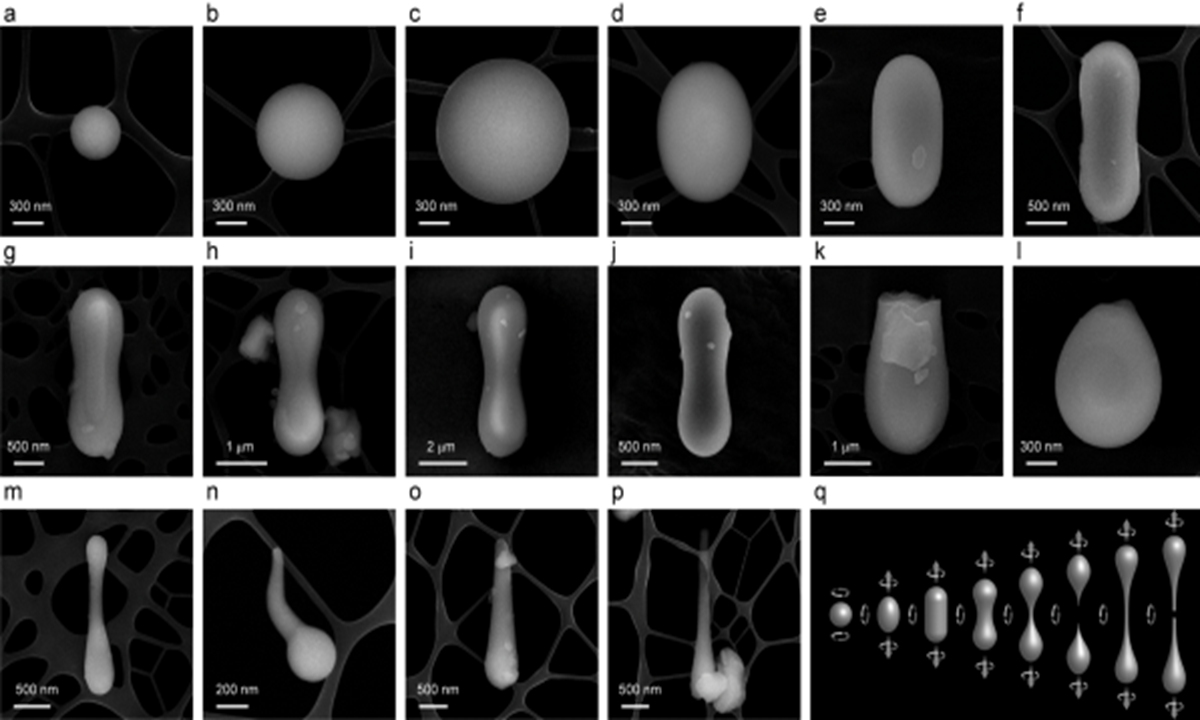You are using an out of date browser. It may not display this or other websites correctly.
You should upgrade or use an alternative browser.
You should upgrade or use an alternative browser.
China's Space Program Thread II
- Thread starter Blitzo
- Start date
by78
General
China's first satellite base station backhaul test using was a success, laying a foundation for future 5g/6g satellite network. A machine translated version of the article is below.

The first base station back transmission test using phased array satellite antenna in China has been completed.
Based on the Mobile Design Institute-Southeast University Joint Laboratory, China Mobile carried out a joint research on the integrated technology of "satellite + base station". On March 16, 2023, led by the China Mobile Design Institute, in collaboration with the State Key Laboratory of Millimeter Wave of Southeast University, Beijing Aerospace Science and Technology Century Satellite, Asia Pacific Xingtong, Jingxin Communications and other partners, successfully completed the first phased array satellite antenna + high-speed satellite modem + high-throughput satellite in China. The realized base station back-back business test verification.
This test verification aims at the problems of satellite antenna real-time alignment, large communication delay, large link attenuation and other problems, comprehensive application of two-dimensional electric sweep accurate star phased array satellite antenna, GTP/TCP joint acceleration, user on-demand automatic adjustment and priority guarantee and other key technologies, using Asia-Pacific 6D high-throughput satellite. Open the channel between the base station and the core network, successfully open various services such as voice, SMS, media data, etc. based on "satellite + base station", and achieve an end-to-end transmission rate of 50Mbps downstream and 14Mbps upstream.
The two-dimensional electric scanning phase-controlled array antenna can achieve extremely narrow satellite signal beam rapid alignment under the condition of rapid movement of satellites and ground terminal stations, and solve the "star-ground" real-time tracking problem. It is a necessary equipment for the large-scale application of broadband satellites and an important research point for the commercial use of low-orbit satellites. GTP/TCP joint acceleration technology can penetrate the GTP tunnel, solve the impact of high satellite channel delay on TCP services, and improve the user experience.
In this test, the Tiandi integrated technology research team of China Mobile Design Institute completed the business verification of various types of base stations through the high-throughput satellite back access to the phased array antenna, laying a solid foundation for the subsequent implementation of the "low-orbit satellite + base station" combination. China Mobile Design Institute will further implement the national new infrastructure strategy, promote the coordinated development of satellite Internet and 5G and 6G, and build a high-quality network integrating heaven and earth and the interconnection of everything.

Breaking news:我国可重复使用试验航天器成功着陆
我国在酒泉卫星发射中心成功发射的可重复使用试验航天器,在轨飞行276天后,于5月8日成功返回预定着陆场。此次试验的圆满成功,标志着我国可重复使用航天器技术研究取得重要突破,后续可为和平利用太空提供更加便捷、廉价的往返方式。
China's reusable experimental spacecraft landed successfully today after 276 days in orbit.
A very short news, without detailed time and place information.
The experimental spacecraft was launched at Jiuquan in August 5, 2022.
Last edited:
Is there a full list of current private Chinese launch companies? It seems like a new one pops up every few weeks with a full fledged rocket.
Natural glass material discovered in Chang'e-5 lunar samples, ‘could provide support for lunar base construction’
By Global Times Published: May 08, 2023 02:41 PM

Spherical, ellipsoidal, dumbbell-shaped glass beads are discovered in Chang'e-5 lunar soil samples. May 8, 2023. Photo: Courtesy of Institute of Physics, Chinese Academy of Sciences.
Chinese scientists have discovered multiple types of glass material in lunar samples retrieved by the Chang'e-5 mission, including the natural fiberglass which has been found for the first time and could provide important support for future lunar base construction, according to the Institute of Physics under the Chinese Academy of Sciences.
The natural fiberglass showed that the lunar soil has excellent properties of forming and molding glass material. This means it's feasible to use the glass material in the lunar soil to produce building materials in situ on the lunar surface, according to Shen Laiquan, a researcher from the Institute of Physics.
The glass material which includes spherical, ellipsoidal and dumbbell-shaped glass beads, as well as colloidal items of porous structure and sputtering material in fluid form, have also been found.
By analyzing the morphology, composition, microstructure and formation mechanism of the glass material, which were originated from mineral melting and rapid cooling caused by the frequent meteorite impact on the lunar surface, researchers found that there were multiple transition ways on the lunar surface of how the glass material were formed.
"The glass material recorded multi-scale meteorite impacts ranging from several kilometers to nanometers, and different shapes of the glass could reflect the impact intensity of the meteorite. This is important for us to understand the formation and evolution of lunar soil," said Zhao Rui, another researcher from the Institute of Physics.
For example, the natural fiberglass with higher length-to-diameter ratio was formed under lower temperature and speed when the meteorite impacted on the lunar surface, reflecting milder meteorite impacts events compared with the formation of glass beads which have lower length-to-diameter ratio, Zhao added.



















